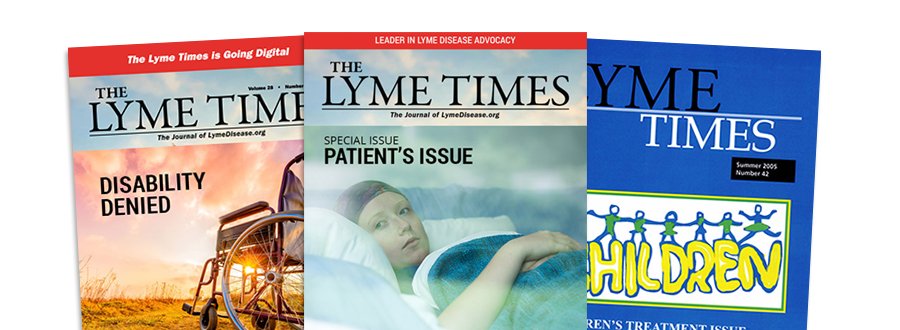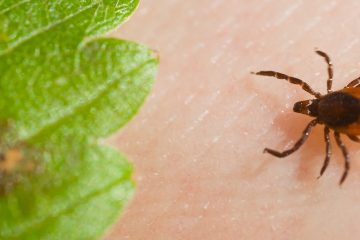- Home
- Find A Physician
- FIND A PHYSICIAN
- LymeTimes
- Current Issue
- Archives
- FEATURED LYMEDISEASE.ORG ISSUES
- Resources
- LYME LITERATE PHYSICIAN VIDEOS
- Physicians
- Members
- About Us
- Resources
S o you’ve been bitten by a tick. What do you do? After you’ve removed the little sucker (immediately and safely), it’s decision time. Should you test it? Save it in case you get sick and then test? Throw it away and hope for the best? To know what to do, you need to find out four things: what tick you have, what pathogen(s) to test for, what type of test to request, and what lab to use.
In the U.S. there are nine ticks generally acknowledged to bite humans and transmit disease-causing pathogens. Currently, there are 17 ticks that cause tick-borne diseases nationwide.
Though often ignored in CDC discussions, the west coast is a biodiversity hotspot. Nine of those 17 diseases have been found in northern California, transmitted by six species of ticks. Robert Lane, medical epidemiologist from UC Berkeley, has mentioned four new pathogens recently discovered in this region. Other regions, commonly acknowledged as high-risk areas for TBD, may have fewer pathogens but higher rates of infection in ticks. Inform yourself as to what pathogens occur in your area…… Join or login below to continue reading.
You must be a LymeDisease.org member to access this content.

1 Reader Comments
Comments are closed.





























Lyme tests can be problematic. They often says you don’t have Lyme when you actually do, which can lead to severe delays in getting properly treated. LInks to more info:
https://www.lymedisease.org/lyme-basics/lyme-disease/diagnosis/
https://www.lymedisease.org/mylymedata2018-speaker-discuss-future-lyme-diagnostics/